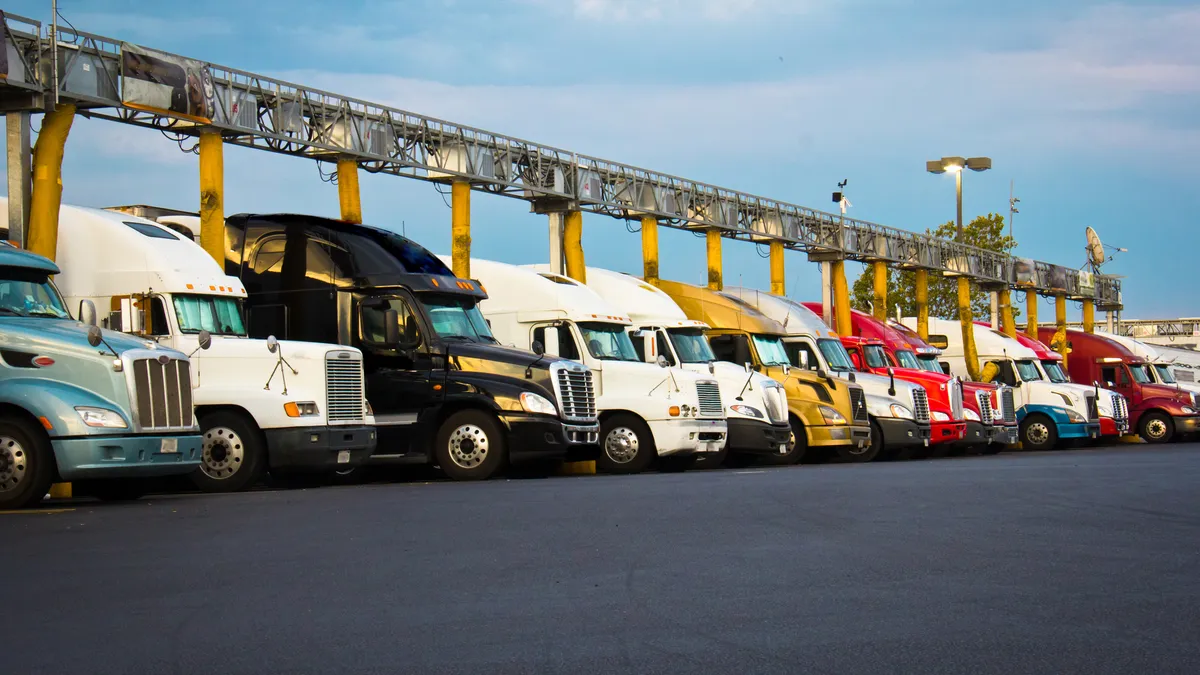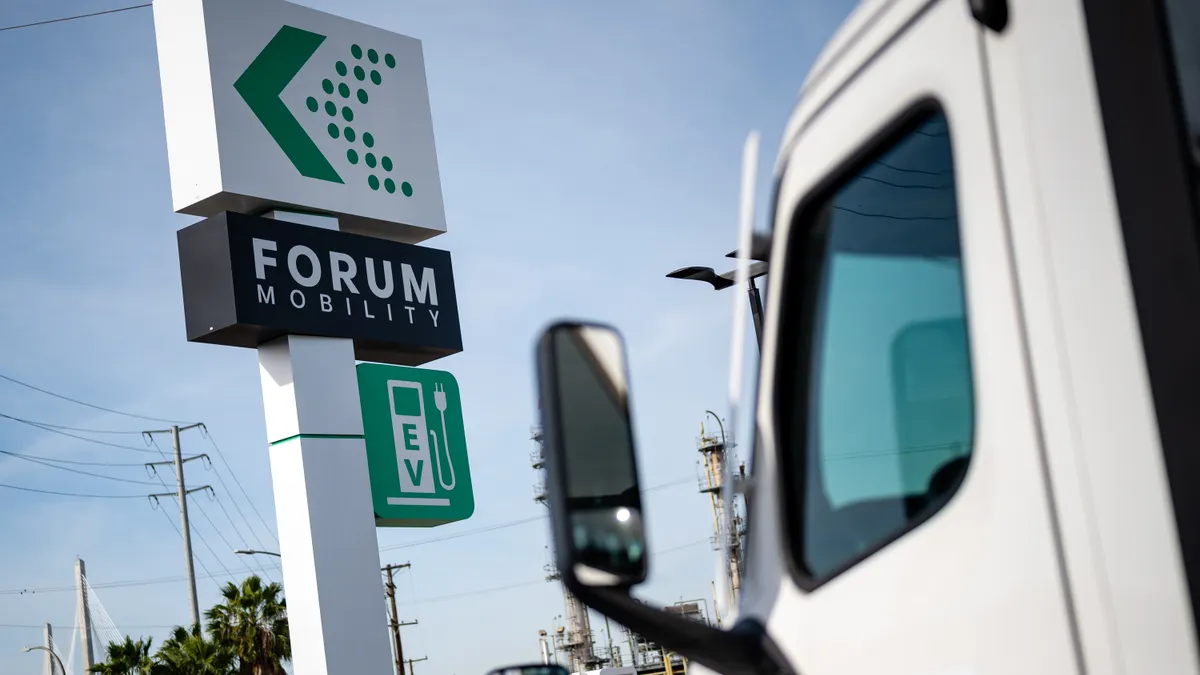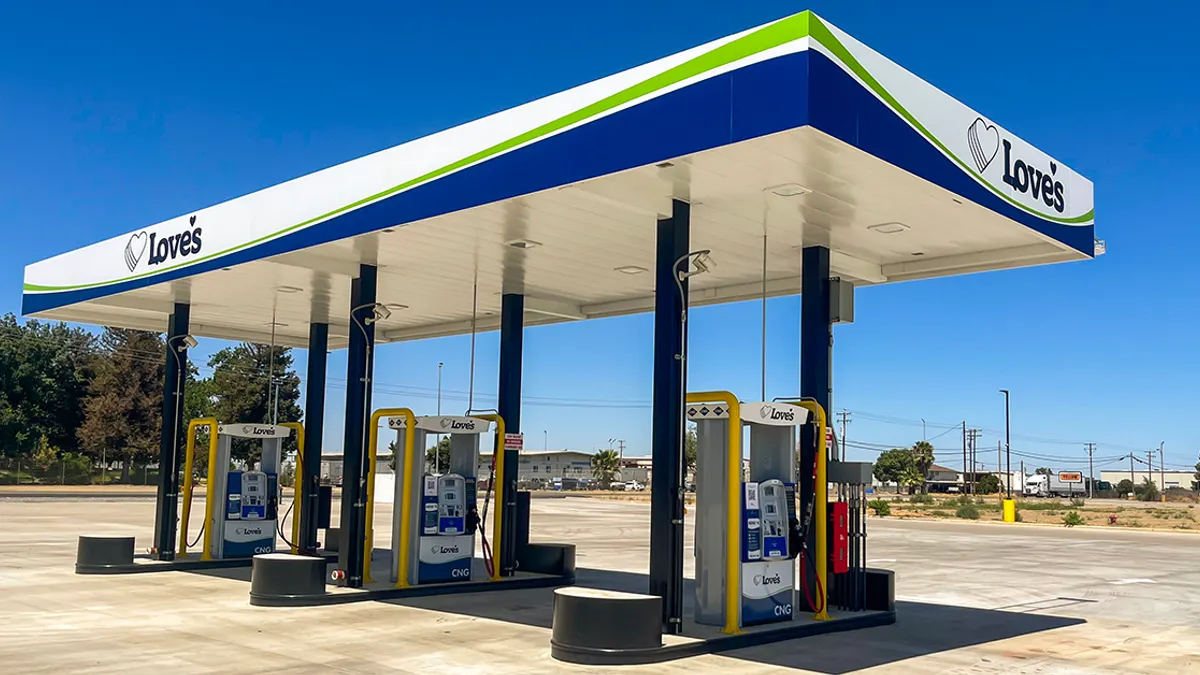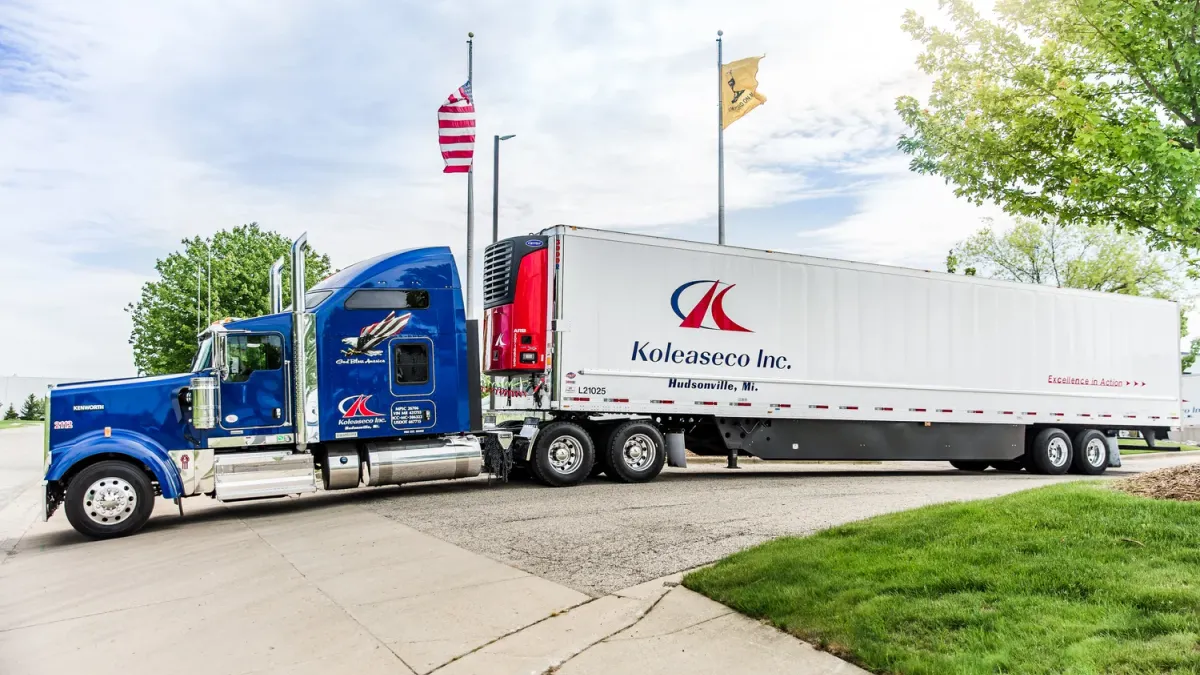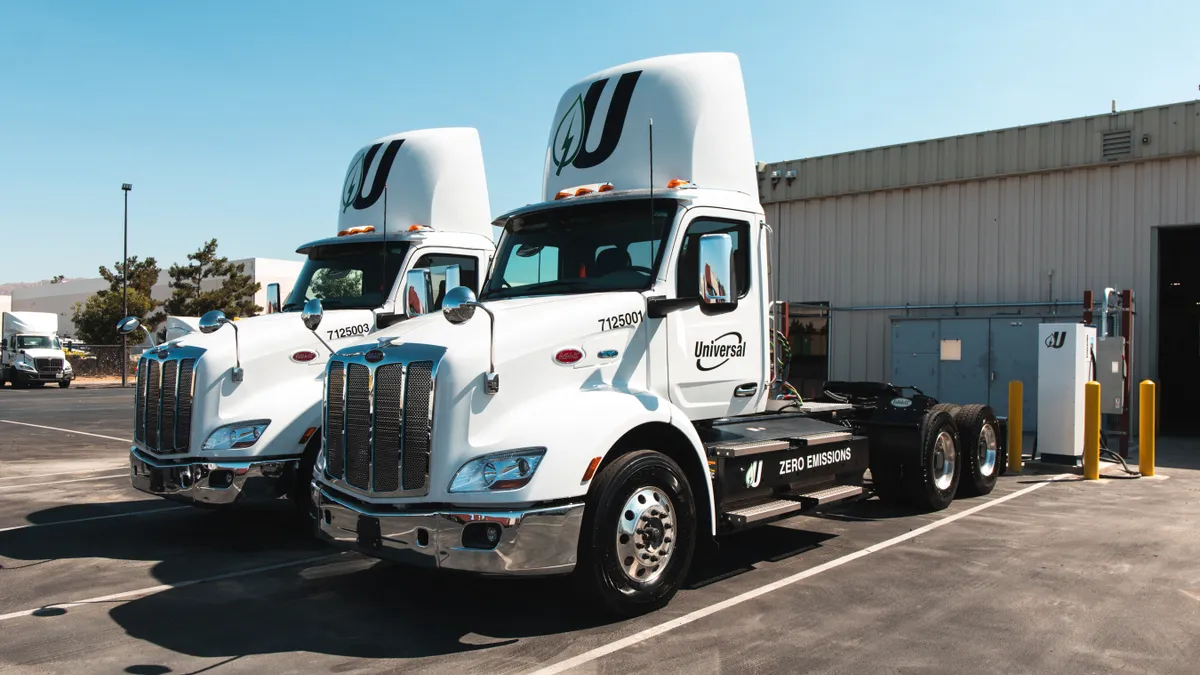It's been a while since I was in the presence of my veteran transportation friends.
We used to enjoy reminiscing about the good old days. Each one of us had a little different slant on what was good about them, but we all agreed on two things. First, the days were long gone. And second, personal relationships were being devaluated in today's getting-higher-tech-all-the-time environment.
Heck, when I started back in '77, I had to produce a ticker tape and feed it through a reader in order to send a message. Now, the 5 to 10-minute process has been reduced to seconds for the nimble of finger. Technology has resulted in a plethora of customer engagement tactics employed by a gaggle of tech-savvy intermediary agents and provocateurs (many well-meaning, of course) who have interjected themselves into the carrier-shipper relationship.
In turn, the interpersonal distance between carriers and their customers has grown. Is it a healthy change for the LTL industry? If so, for whom and to what degree? And, how does this change the sales dynamic for carriers and intermediaries?
I think these to be fair questions.
The power of human interaction
Relationships have changed in today's tech-enabled world.
When I reflect on my good old days, we felt it important to create value-bonds with our customers. We dug deep into the customer's needs and "partnered" (in the true sense of the word) with them to provide solutions that justified charging a higher price than competing carriers.
The focus on mutually beneficial and trusting relationships worked well for my company at the time.
We were once at a contractual stalemate with a potential mid-sized customer. Typically, the customer’s document was very one-sided and reflected a general distrust of our intentions and goodwill.
For our service center, securing this customer would mean big dividends. Our service center was small, and securing this business meant more revenue, more equipment for the center and more employment for the community.
Still, the customer's CEO wouldn't budge. It's hard to blame him. He didn't know us. So, we invited him to a customer golf outing. We spent some quality time with him during the event but never once mentioned the contract disputes.
The following Monday, he signed the contract.
When we asked what changed his mind, our contact said the CEO felt he could now trust our abilities and intentions. Such is the power of human interaction.
Enter the intermediaries
But, you know … as carriers, we either ignored or missed one fact: None of us could really be that "one stop shop" for our customers. Frankly we really didn't want to be, even if we could.
Enter the intermediaries and their darn technology!
As intermediaries came and provided platforms that changed how customers' saw their carrier "stable," the customers were able to work more efficiently. Carriers, meanwhile, resisted developing similar platforms because they didn't want to share desktop space with competitors ("those other guys will see our price!"). And as they did, intermediaries developed virtual carrier bazaars where everything you wanted to know about a carrier, including price, was readily available with just a few clicks.
Now, few would argue the shifts are not good. In many ways, intermediary platforms scaled smaller shippers' ability to manage transportation. But it also had another effect: it has helped damage, and sometimes break, the bond between carriers and their customers.
The price of broken relational bonds
In my way of thinking, when that carrier-shipper bond is hampered, there is a price to pay:
- Changes in a carrier's rules and services are not communicated in a timely manner;
- Service and value become secondary to price;
- Customers lose leverage with the carrier;
- Carriers lose operational and administrative efficiencies as volume drops;
- Trust levels between the customer and the carrier erode.
I could list so many more consequences — all of which are unintended — it could be a book. But here's what matters: The effects of these broken bonds require carriers to rethink how they manage relationships.
Despite distancing themselves from their carriers, the customer still needs awareness of the possible impacts on their supply chains. And intermediaries need to find a way to ensure their clients, a carrier's true customer, are aware of and receive the best possible support and value from their chosen carriers.
These are not easy things to accomplish.
What's at stake
The stakes are high when it comes to servicing clients. Don't waste time trying to determine who services who. Instead, carriers and intermediaries alike should ask: How can we best serve each other?
Close relationships between carriers and customers invites mutually beneficial appreciation and respect. Appreciation and respect leads to strategic cooperation. But once that business intimacy is lost, the relationship moves from strategic to transactional. Frustrations tend to follow.
So, unless carriers and intermediaries build a highly functioning co-management relationship, the customer will feel underserved by one of the parties — or both.
And underserved customers remember.








